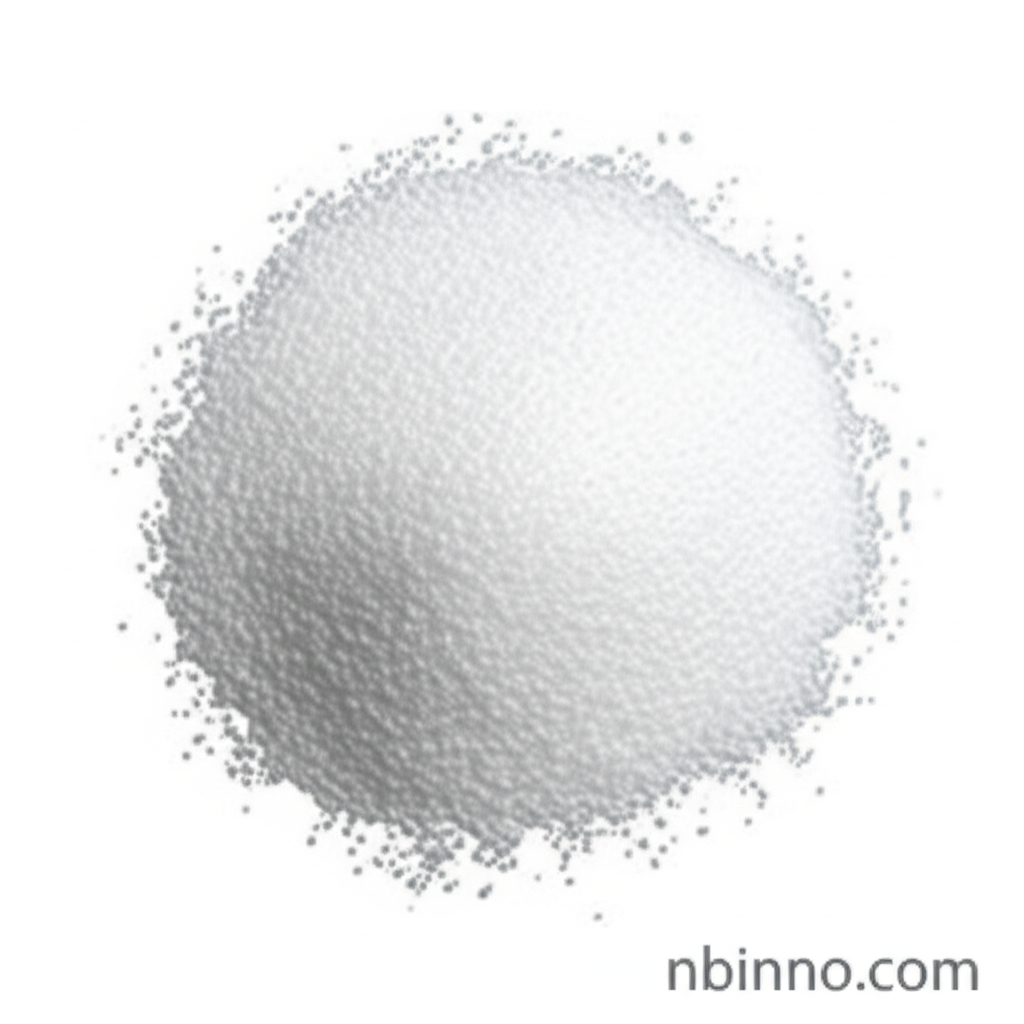Metaphosphoric Acid: Properties, Applications, and Key Uses
Discover the versatile applications of Metaphosphoric Acid as a vital chemical in various industrial and laboratory processes.
Get a Quote & SampleProduct Core Value

Metaphosphoric Acid
Metaphosphoric Acid is a crucial chemical compound with a wide array of applications, serving as an essential component in analytical chemistry, synthesis, and various industrial processes. Its unique properties make it invaluable for specific chemical reactions and formulations.
- Explore the diverse metaphosphoric acid applications in fields ranging from laboratory analysis to advanced chemical synthesis.
- Understand the key metaphosphoric acid properties, including its solubility in alcohol and decomposition in water, which dictate its usability.
- Learn about its role as a dehydrating agent chemical, efficiently removing water in various chemical processes.
- Discover its function as a phosphorylation reagent and its utility in protein precipitation in biochemical contexts.
Advantages Provided by Metaphosphoric Acid
Versatile Chemical Synthesis Catalyst
Metaphosphoric Acid acts as both a catalyst and a reagent, facilitating complex chemical structures and speeding up reaction times, proving its worth in chemical synthesis.
Essential Phosphate Precursor
It serves as a critical precursor for inorganic compounds, particularly in the synthesis of phosphates like antimony phosphate, highlighting its importance in material science.
High Purity for Precision Work
Available in ACS grade, it meets the highest standards for purity and accuracy, making it a dependable reagent for critical experimental and analytical work, as emphasized in discussions about metaphosphoric acid ACS grade.
Key Applications
Laboratory Analysis
As an analytical reagent chemical, it is indispensable for various quantitative and qualitative analyses in research and quality control settings.
Chemical Synthesis
Its dual role as a catalyst and reagent aids in the efficient development of complex molecules, underpinning its utility in chemical synthesis.
Biochemical Processes
It functions as a protein precipitation reagent and a phosphorylation reagent, crucial for specific biochemical assays and research.
Material Science
Its use as a phosphate precursor in the synthesis of inorganic compounds makes it valuable in the development of new materials.
